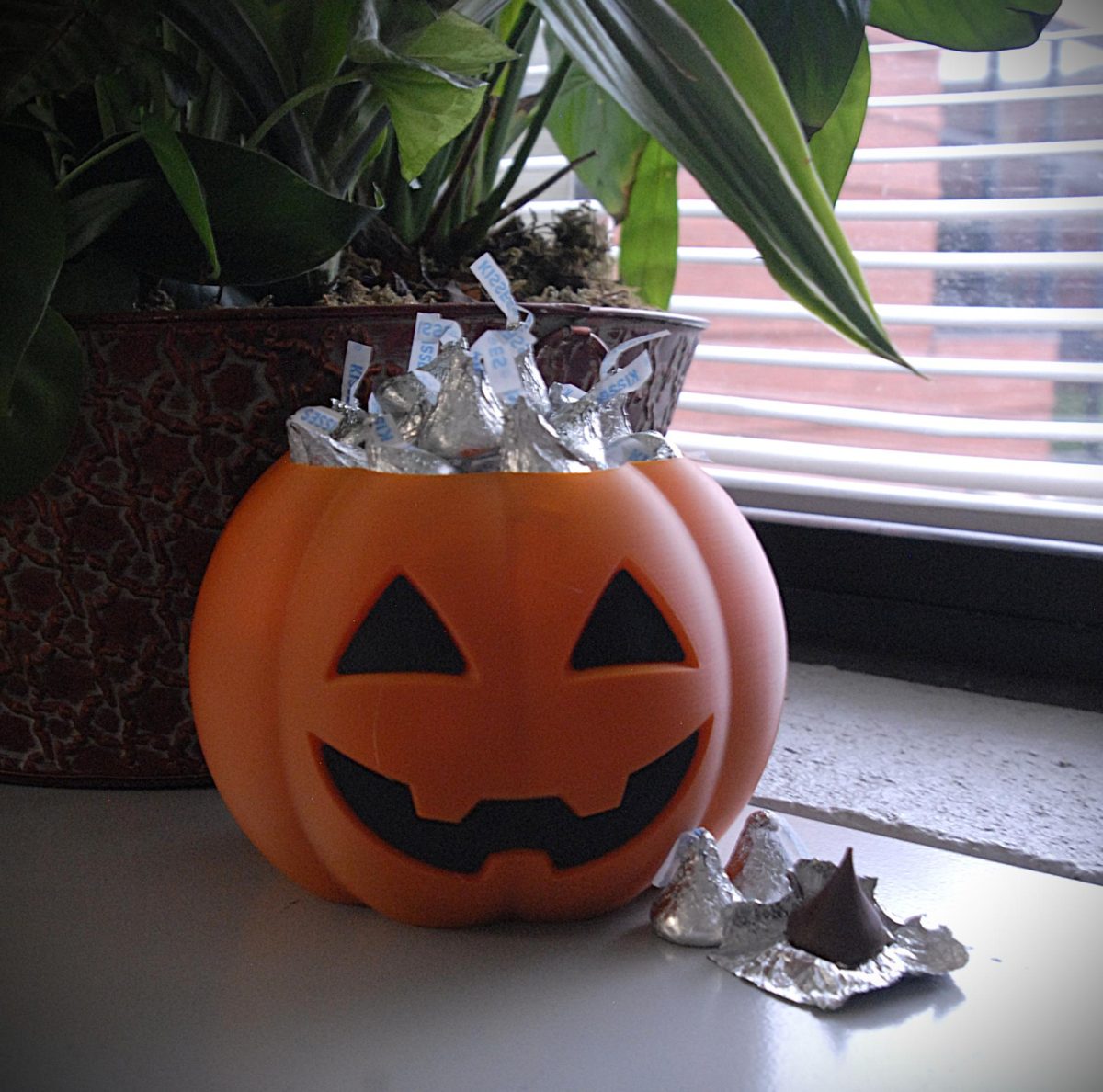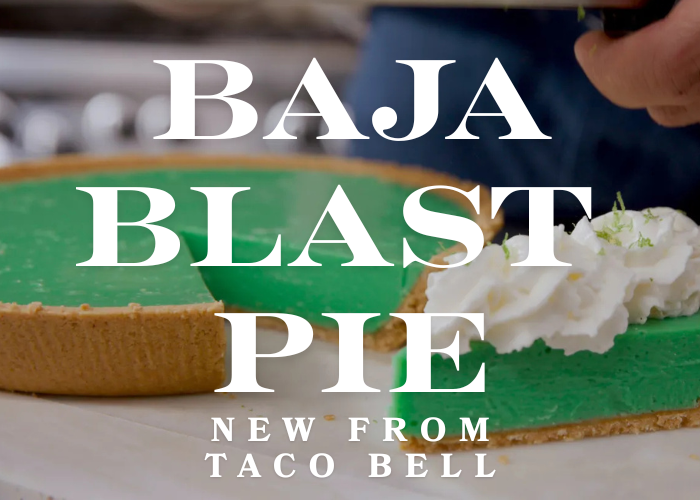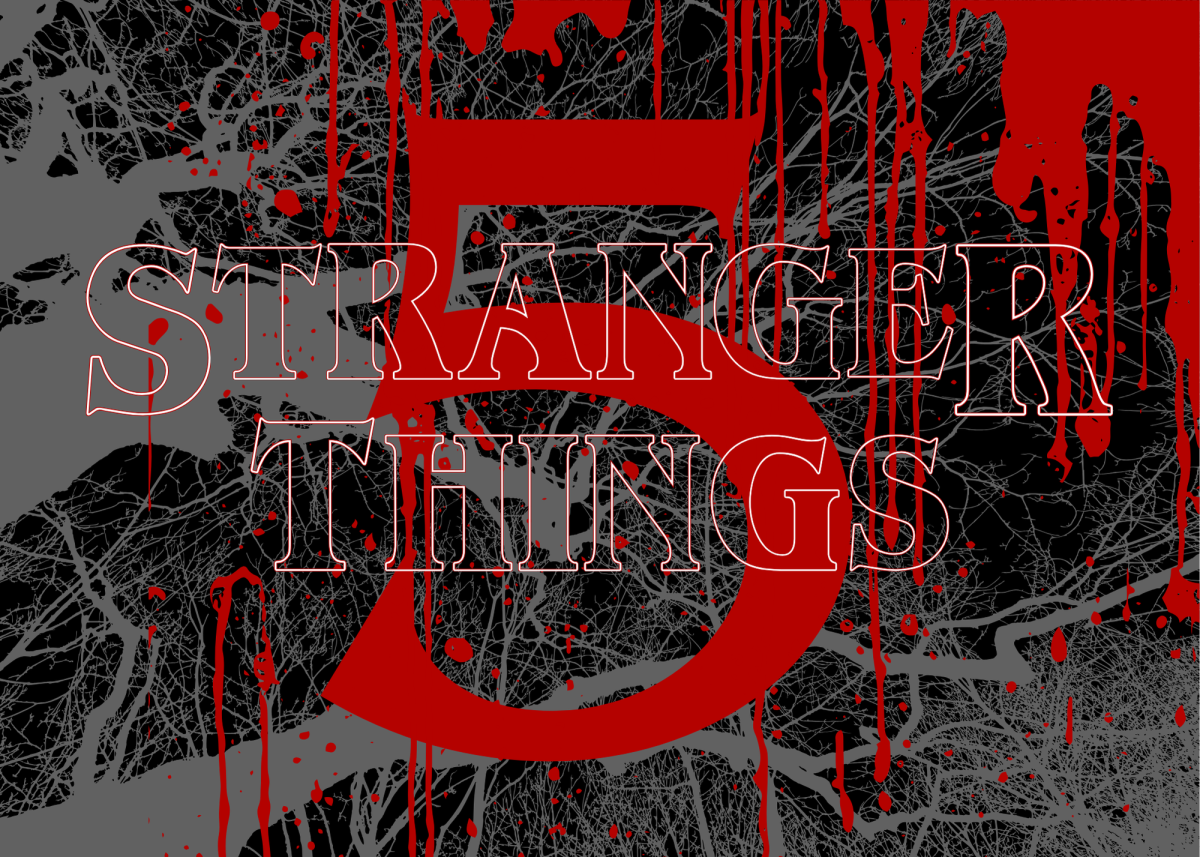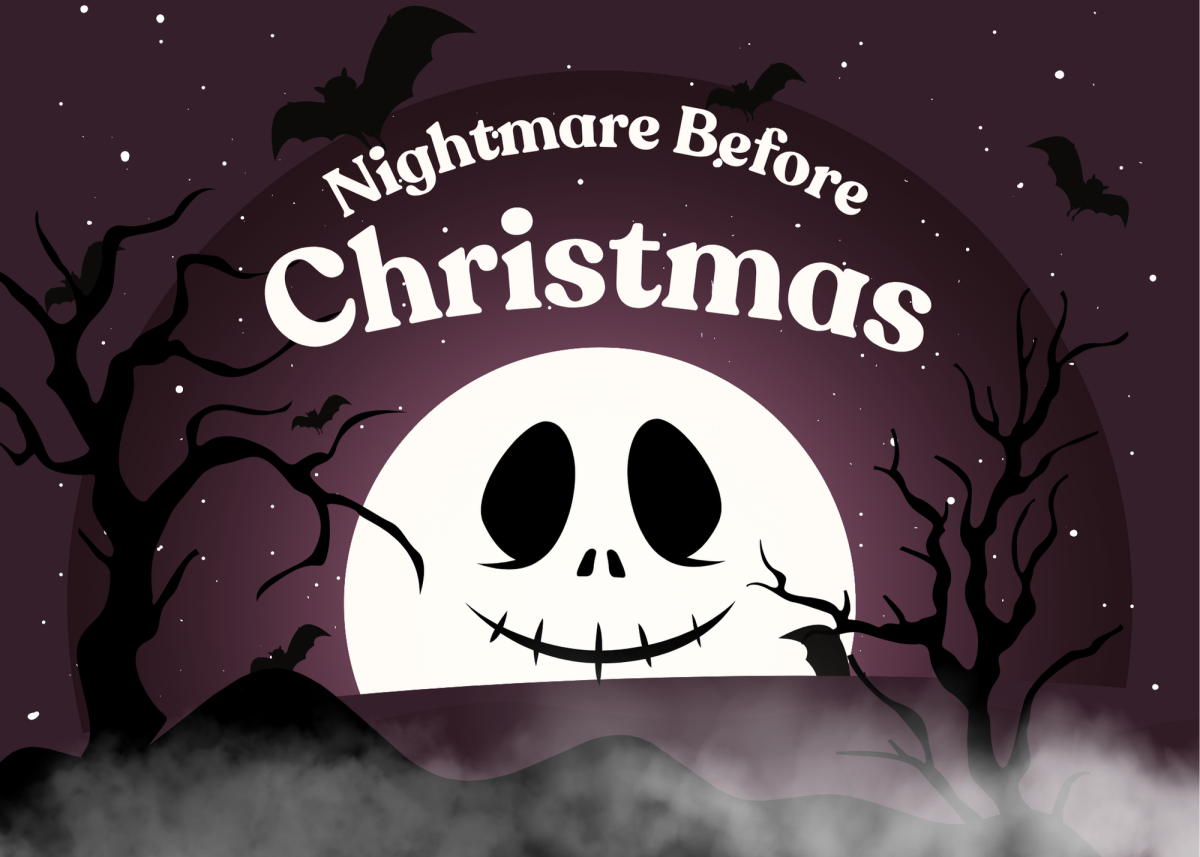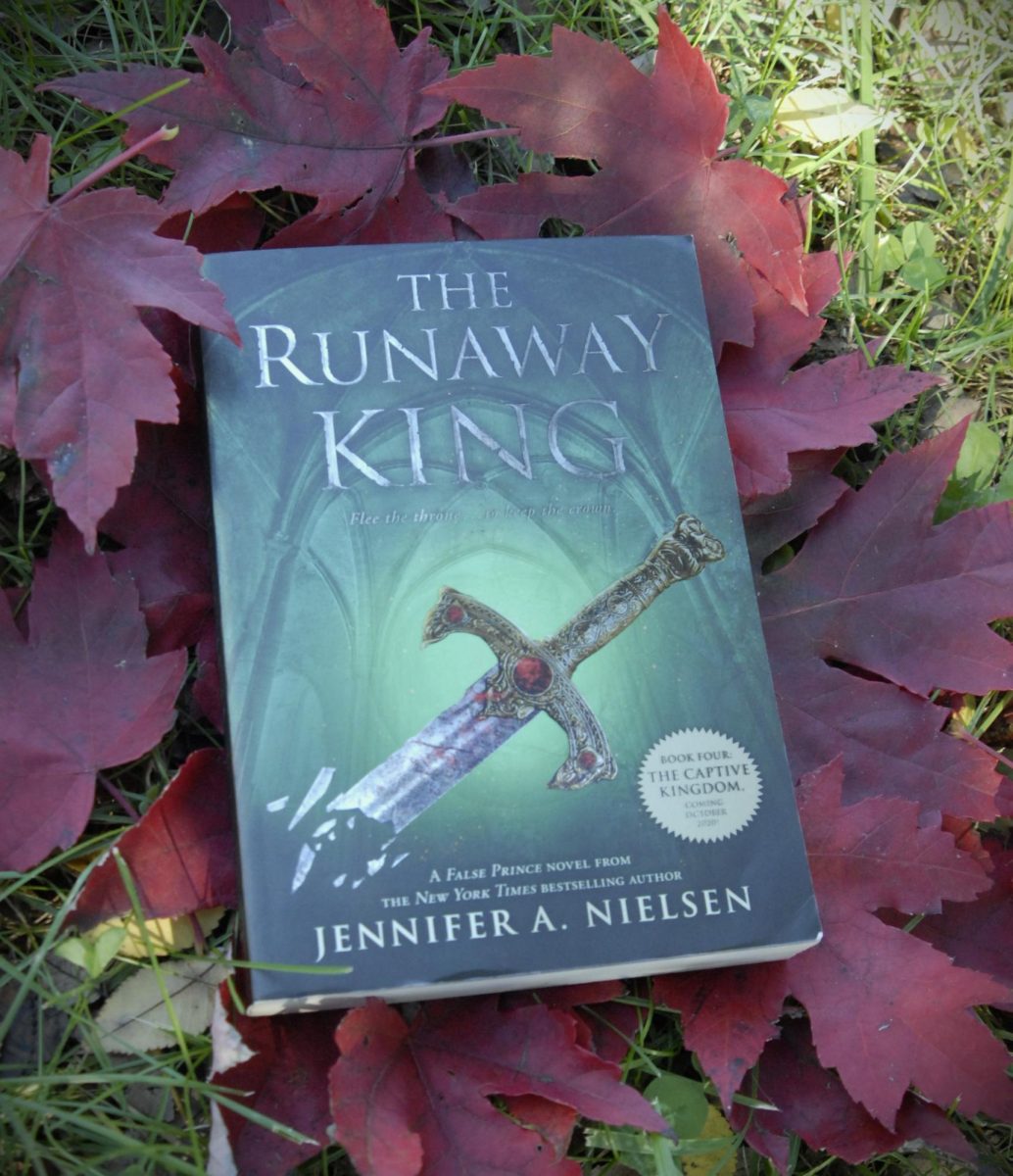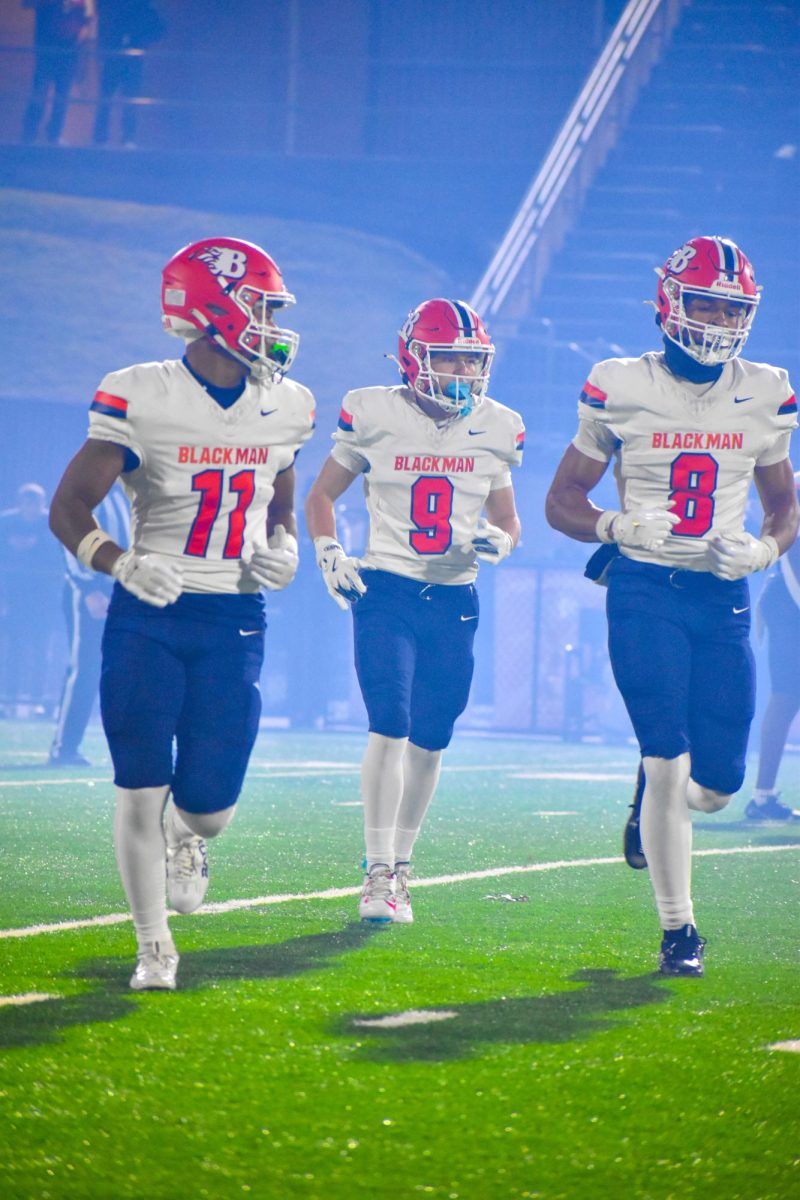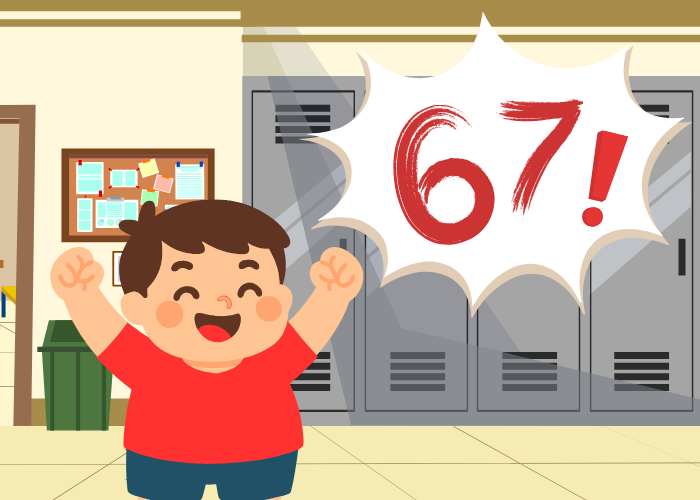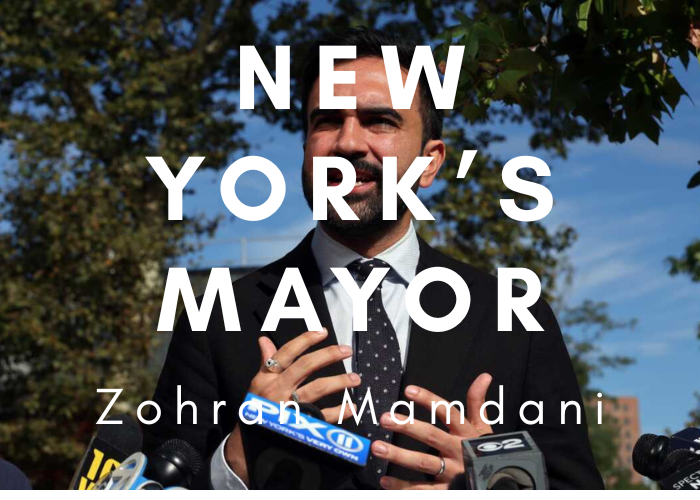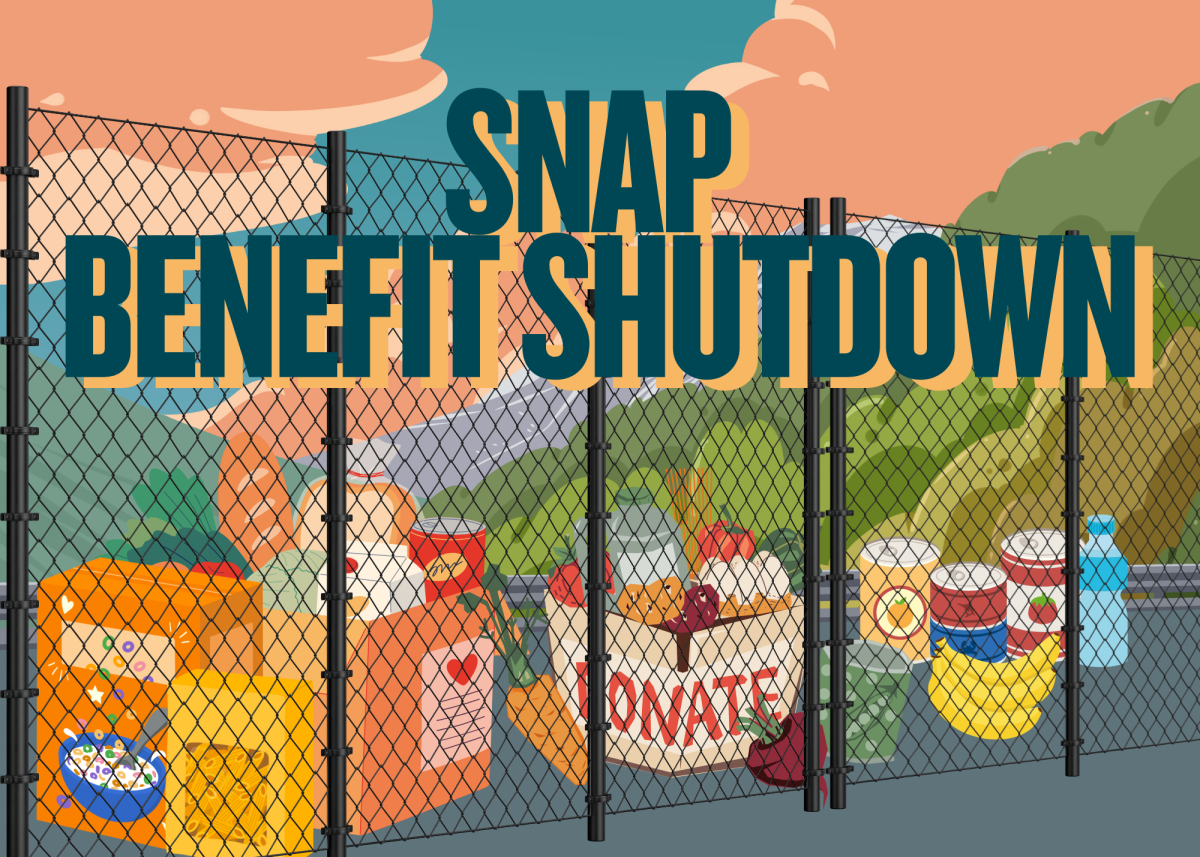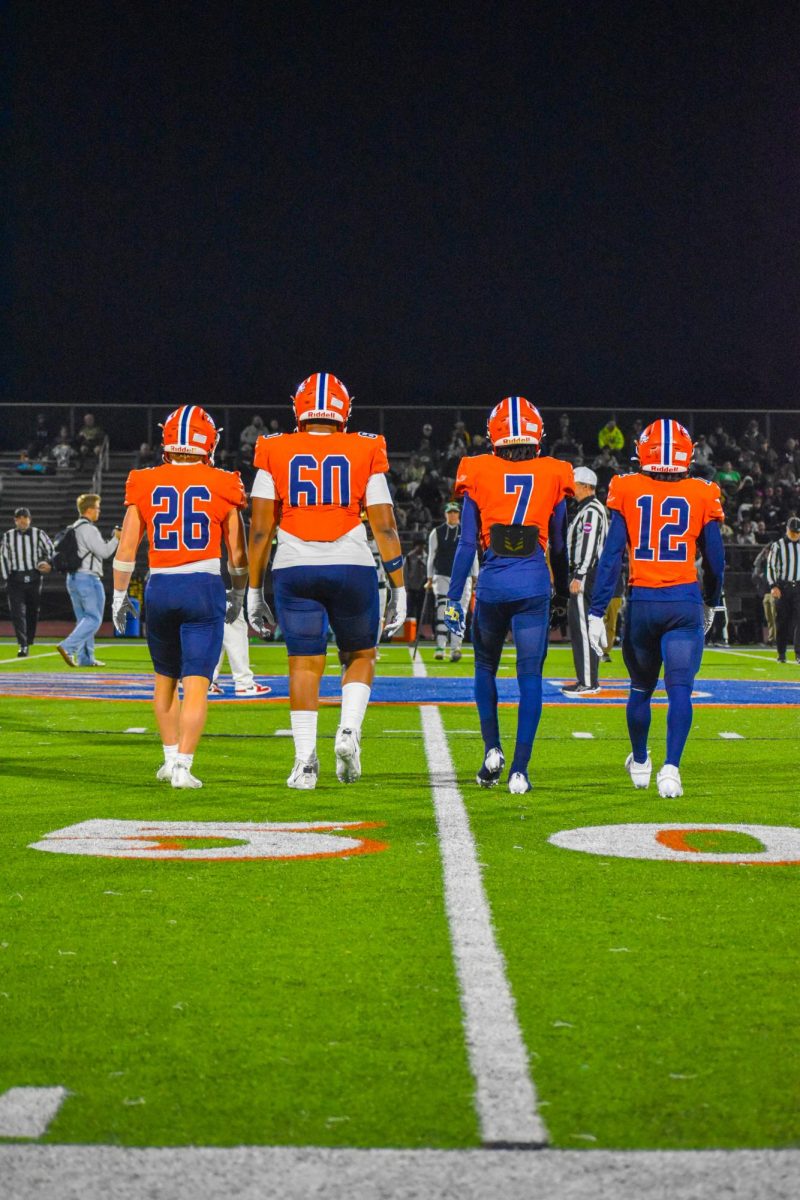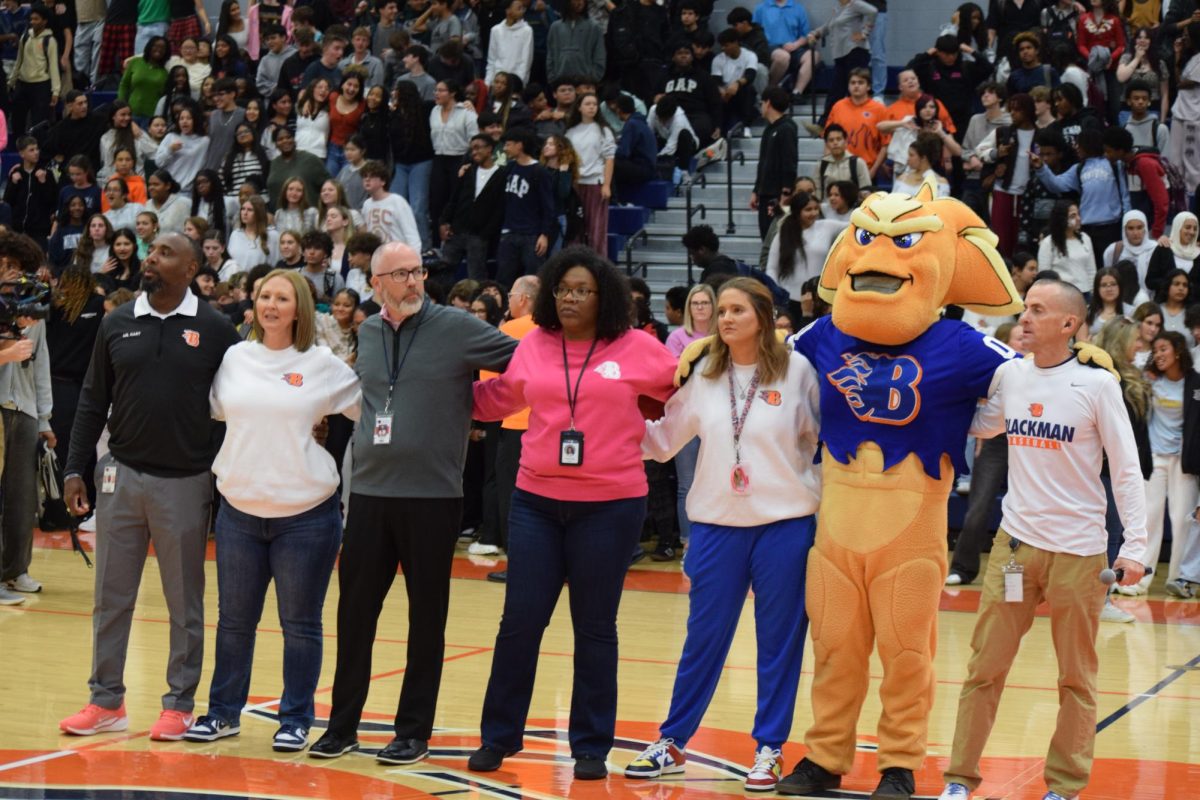Nerds, Tootsie Rolls, M&M’ s, Swedish Fish, Milk Duds, and Pop Rocks represent a wide variety of candy sold and given out on Halloween.
The giving and receiving of candy have been influenced by manufacturers who, in the 1950s, provided an alternative to homemade treats that continue to this day.
You might be wondering, “Why are some candies so popular?” Well, the reason behind that is linked to the wide range of taste preferences, including:
Nostalgia: The nostalgic memories these candies evoke make them appealing to both adults and children, as seen with candy bars like “Baby Ruth.”
Trends: The increasing desire for sour, fruity, sweet, spicy, and a combination of these flavors has gained traction. Candies that match this new wave of preferred flavors are the ones that end up in candy baskets the most.
Cultural Significance: Candies that have existed for a long time and appear frequently in commercials and advertisements hold the most significance for Halloween, becoming staples of the spooky holiday, like Reese’s Peanut Butter Cups and M&M’s.
Flavor Variety: The availability of sour, spicy, chocolatey, and fruity flavors fill the need for different taste palates and ensures that everyone gets what they want.
“I think candy is good for Halloween, and I like anything but chocolate for me,” said freshman Zahiyah Gourie.
“I think the best Halloween candy is Sour Patch Kids because they taste really good,” said senior Ethan Najm.
In the end, chocolate is arguably the best candy, though some may disagree and prefer other types. Fortunately, candy has a wide variety of choices, so even if chocolate is the favorite of the majority, there is always something for everyone. The most popular and well-known chocolate brands, like Reese’s and Hershey’s, often beat most other candies in terms of taste and memorability.


